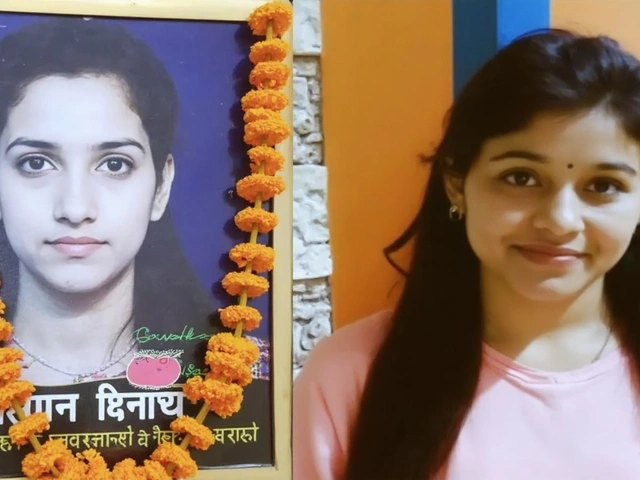Rain Threat – What It Means and How to Stay Safe
When you hear a "rain threat" on the news, it’s more than just a chance of a few drops. It signals that heavy rain, possible flooding, and traffic snarls could hit your area soon. In India, the Indian Meteorological Department (IMD) uses orange and red alerts to warn people about the severity. Orange means serious rain is likely, while red means extreme conditions that can cause damage.
Understanding these alerts helps you decide whether to carry an umbrella or pack a emergency kit. For example, Delhi has been under orange alert several times this monsoon, causing water‑logged roads and delayed trains. Knowing the level of alert lets you plan your commute, school run, or outdoor plans better.
Understanding Rain Alerts and Their Impact
Rain alerts are based on real‑time data from weather satellites and ground stations. When the IMIM identifies a low‑pressure system moving over the Bay of Bengal, you’ll see a surge in rain chances for Kolkata, Delhi‑NCR, or UP. The alerts often mention temperature drops, strong winds, and the possibility of thunderstorm.
Typical impacts of a rain threat include:
- Waterlogging in low‑lying areas – streets can become impassable in minutes.
- Traffic jams – heavy vehicles get stuck, and public transport runs late.
- Power outages – falling trees or short circuits can cut electricity.
- Health risks – standing water can breed mosquitoes, and humidity may worsen respiratory issues.
Knowing these risks lets you act early. If you’re in a city like Delhi where the monsoon trough has shifted north, expect the rain to start in the afternoon and last for a few hours.
Practical Steps to Prepare for a Rain Threat
Here’s a quick checklist you can follow as soon as an alert is issued:
- Check the alert level. An orange alert means you should carry waterproof shoes and a raincoat. A red alert means you might need to stay home.
- Secure outdoor items. Move potted plants, bicycles, and furniture to higher ground or inside your house.
- Clear drains and gutters. Simple cleaning can prevent water from backing up and flooding your home.
- Pack a small emergency kit. Include a flashlight, batteries, a dry blanket, bottled water, and basic medicines.
- Plan your travel. Use apps that show real‑time traffic, or consider public transport that runs on a revised schedule.
If you live in a flood‑prone area, raise important documents and electronics off the floor. A plastic sheet or waterproof box can protect them from accidental splashes.
During the rain, keep windows closed but slightly open to let pressure equalize. Turn off electrical appliances that could get shorted if water seeps in. If water starts rising inside your home, move to the upper floor and call local emergency services.
After the rain, inspect your property for damage. Look for cracks in walls, damp spots, and blocked gutters. Cleaning up quickly can stop mold from forming later.
Staying informed is the easiest way to stay safe. Sign up for SMS alerts from the IMD, follow local news channels, and keep an eye on the weather widget on your phone. A simple heads‑up can save you time, money, and stress.
Rain threats are a regular part of life during the monsoon season, but they don’t have to catch you off guard. By understanding alerts, preparing in advance, and staying calm during the downpour, you’ll handle any heavy shower with confidence.
IPL 2025 opener under IMD orange alert: KKR vs RCB face rain threat
The IPL 2025 opener between KKR and RCB at Eden Gardens is under an IMD orange alert, with threats of thundersqualls, lightning, gusty winds, and hail. While evening rain probability sits near 7%, heavy showers could still disrupt play. No reserve day exists for league matches; a minimum of five overs per side is needed. A later KKR-RCB game in Bengaluru on May 17 also faces rising rain chances.





